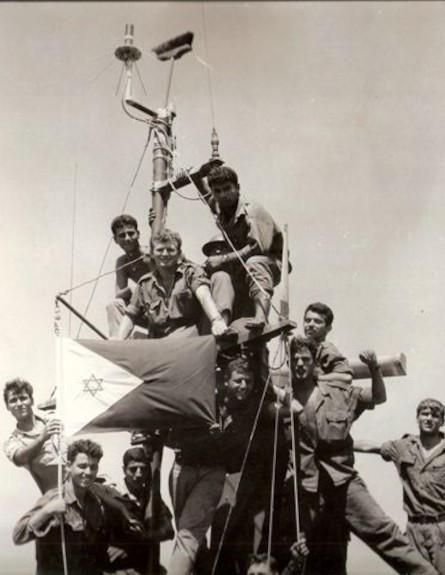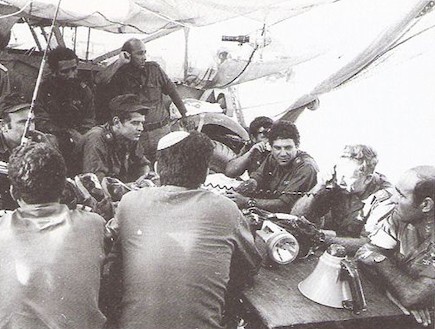Here are some of the major operations of the corps:
1) Battle of Rumani Coast: Returning home with a broom in the mast.
On July 11, 1967, just one week after the Six-Day War, the waters around Israel remained tense. To keep an eye on Egypt, Israel dispatched a small force of naval vessels on a tour of northern Sinai, including the INS Eilat Destroyer and two smaller torpedo boats, the INS Daya and INS Aya. In response, Egypt sent two torpedo boats to the area. A great battle ensued between the two sides. Both Egyptian ships sank, and the INS Eilat was moderately damaged. Israeli naval ships returned to port with the traditional maritime symbol for victory: a broom at the top of the mast.

Less than four months after its July 1967 battle off the Sinai coast, the Israeli Destroyer INS Eilat returned to battle with 199 crew members on board. On October 21, it engaged two Egyptian missile boats, sinking them both with three consecutive missiles. Egyptian forces immediately returned fire from port and sank the INS Eilat. Forty-seven Israeli sailors died in the attack. To date, the sinking of the INS Eilat is considered one of the greatest tragedies of the Israeli navy.

According to army intelligence, at a terrorist base south of Sidon, Lebanon, a terrorist squad was preparing to attack Israel. As a preemptive strike, on April 17, 1980, a force of Israeli naval ships left port carrying fighters from the elite naval commando unit known as Shayetet 13. The missile boats opened heavy fire on the beach while the commandos raided the terrorist cell. In the end, the navy killed at least 15 terrorists, including three who were supposed to carry out the suspected attack. Shayetet 13 returned to Israeli port with two lightly wounded.
4) Amphibious Landing at Awali Beach, Lebanon
During the First Lebanon War, IDF forces landed from the sea and deployed deep within Lebanon, hoping to surround PLO terrorists in the south. Paratroopers, armored forces and Shayetet 13 participated in the day-long operation. IDF forces landed behind enemy lines and cut off the enemy’s supplies, which led to the collapse of the PLO in the south. The operation was a great success despite the heavy artillery fired upon the ships by the terrorists.

On January 2002, a freighter called Karine A, loaded with Iranian weapons, sailed toward the coast of Gaza via the Red Sea. Hundreds of miles off the coast of Israel, Israeli naval commandos from Shayetet 13 descended from helicopters and captured the ship. Within a few minutes, the commandos were leading the captured ship to the Israeli port of Eilat. The vessel was found to be carrying 50 tons of weapons, including rockets and anti-tank missiles. The weaponry was intended for Hamas and the various terrorist organizations operating out of the Gaza Strip. This flotilla was but a tenth the amount of weaponry smuggled aboard the Francop in 2009.









